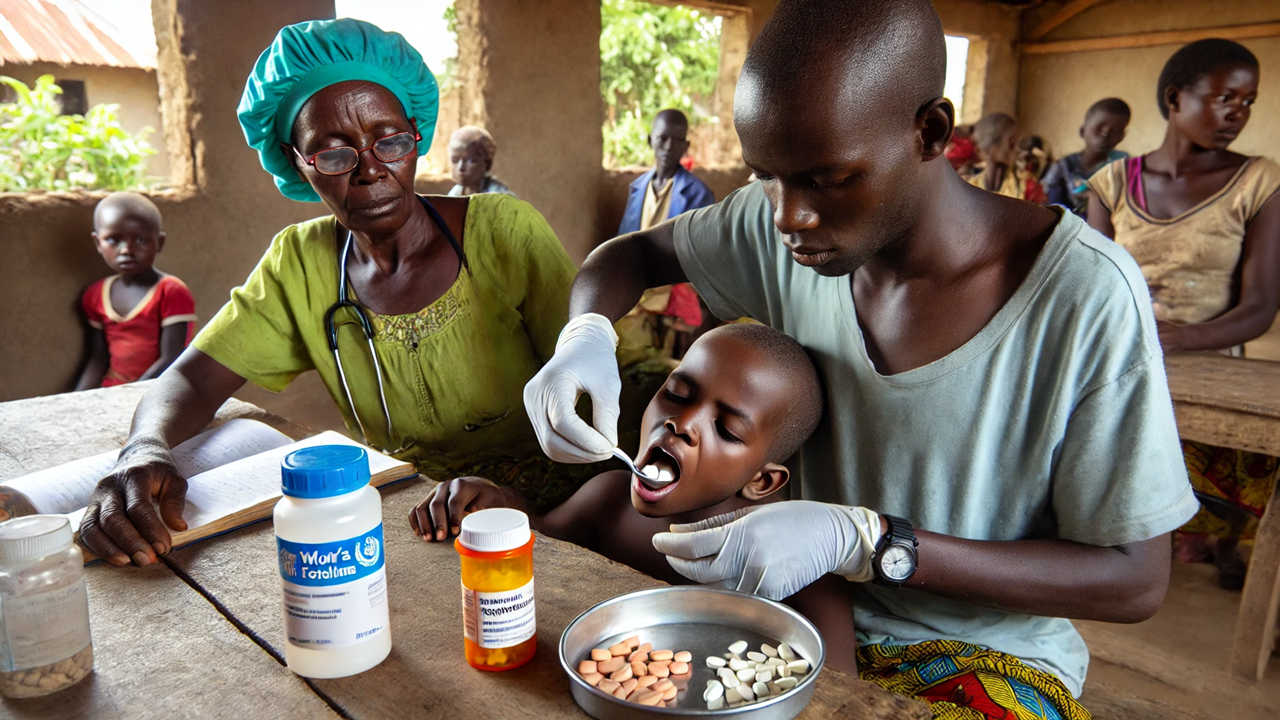New Hope in the Fight Against Sleeping Sickness: WHO’s Updated Guidelines
The World Health Organization has updated its guidelines for treating human African trypanosomiasis (HAT), a life-threatening disease also known as sleeping sickness. Key changes include the introduction of fexinidazole as a preferred treatment option, offering a less invasive alternative that improves patient compliance and reduces hospitalization needs. These guidelines are essential in the ongoing effort to eliminate HAT as a public health issue by 2030.

Human African trypanosomiasis (HAT), more commonly known as sleeping sickness, is a deadly parasitic disease in sub-Saharan Africa. The bite of the tsetse fly transmits this illness and exists in two primary forms: gambiense HAT in western and central Africa, and rhodesiense HAT in eastern and southern Africa. Without timely treatment, HAT is almost always fatal. The disease progresses through two stages: the first stage features nonspecific symptoms, while the second stage causes severe neurological disturbances.
Breakthrough in Treatment: Fexinidazole
The World Health Organization’s latest guidelines bring significant updates, particularly including fexinidazole as a treatment option. For gambiense HAT, fexinidazole is now the preferred treatment for patients aged six and older who weigh at least 20 kg, provided their condition is in the first stage or a non-severe second stage. This oral medication must be taken with food, and directly observed treatment (DOT) is essential to ensure adherence and effectiveness.
In cases where fexinidazole is not suitable, such as for children under six or those weighing less than 20 kg, or for severe second-stage HAT, the guidelines recommend the use of NECT (Nifurtimox-Eflornithine Combination Therapy). Pentamidine remains a key treatment for younger children with first-stage HAT.
Addressing Rhodesiense HAT
For rhodesiense HAT, the guidelines also favor fexinidazole over suramin for the first stage and over melarsoprol for the second stage. However, melarsoprol may still be necessary for patients who cannot take oral medication. Due to the rapid progression of this form of HAT and its severe symptoms, hospitalization is recommended for patients with neuropsychiatric disorders, a history of alcohol use disorder, or body weight under 35 kg to ensure they complete their treatment.
Detailed Treatment Protocols
The guidelines emphasize a structured approach to treating HAT.
Clinical Assessment and Lumbar Puncture: Medical professionals must conduct thorough clinical examinations to identify severe symptoms of HAT and perform lumbar punctures when severe second-stage disease is suspected.
Dosage of Fexinidazole: This medication is administered daily for ten days, with a higher dose for the first four days followed by a maintenance dose for the remaining six days. The dosage varies based on the patient’s body weight.
Directly Observed Treatment (DOT): Ensuring that patients adhere to their medication schedule is critical, especially in outpatient settings. Hospitalization is recommended if there are concerns about a patient’s ability to comply with treatment.
Special Populations: No dose adjustments are needed for elderly patients or those with renal impairment. However, fexinidazole is not recommended for patients with hepatic impairment or those at risk of QT interval prolongation.
Implementation and Monitoring
The successful implementation of these guidelines hinges on careful monitoring. Fexinidazole must be taken with a substantial meal to ensure therapeutic absorption. Common side effects, such as vomiting, nausea, and neuropsychiatric symptoms, require vigilant management by healthcare providers.
The WHO’s new guidelines mark a pivotal step forward in the fight against HAT. By tailoring treatment to the disease stage and specific patient factors, and by introducing fexinidazole as a less invasive treatment option, the guidelines aim to improve patient compliance and reduce the need for hospitalization. Continued efforts in surveillance, control, and adherence to these guidelines are crucial for achieving the WHO’s goal of eliminating HAT as a public health problem by 2030.
- FIRST PUBLISHED IN:
- Devdiscourse










